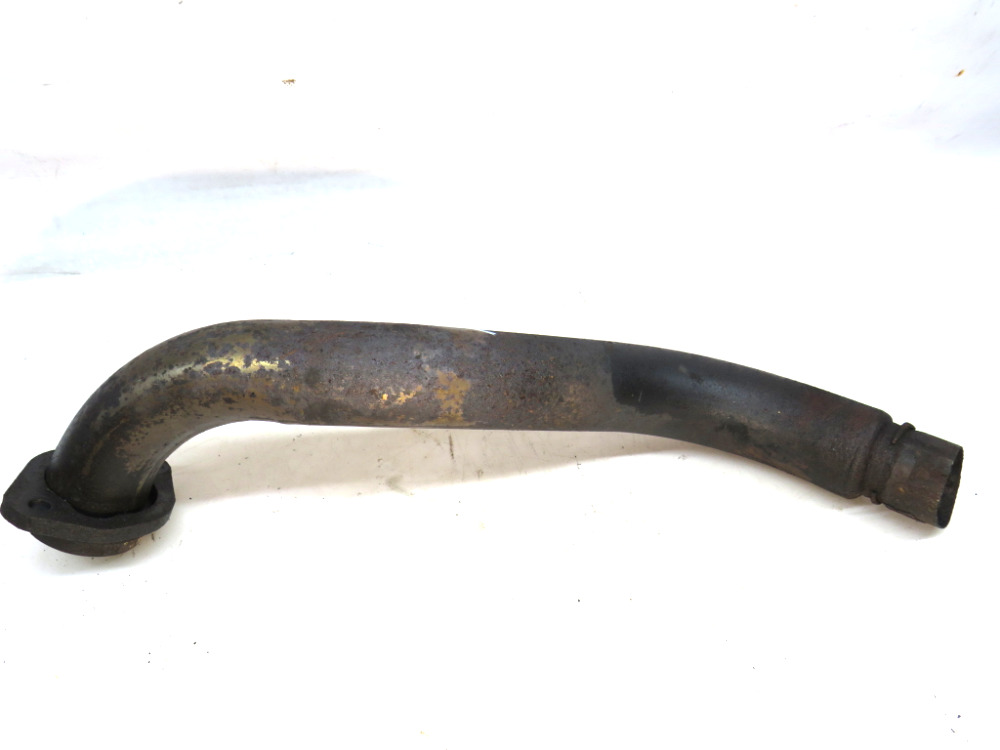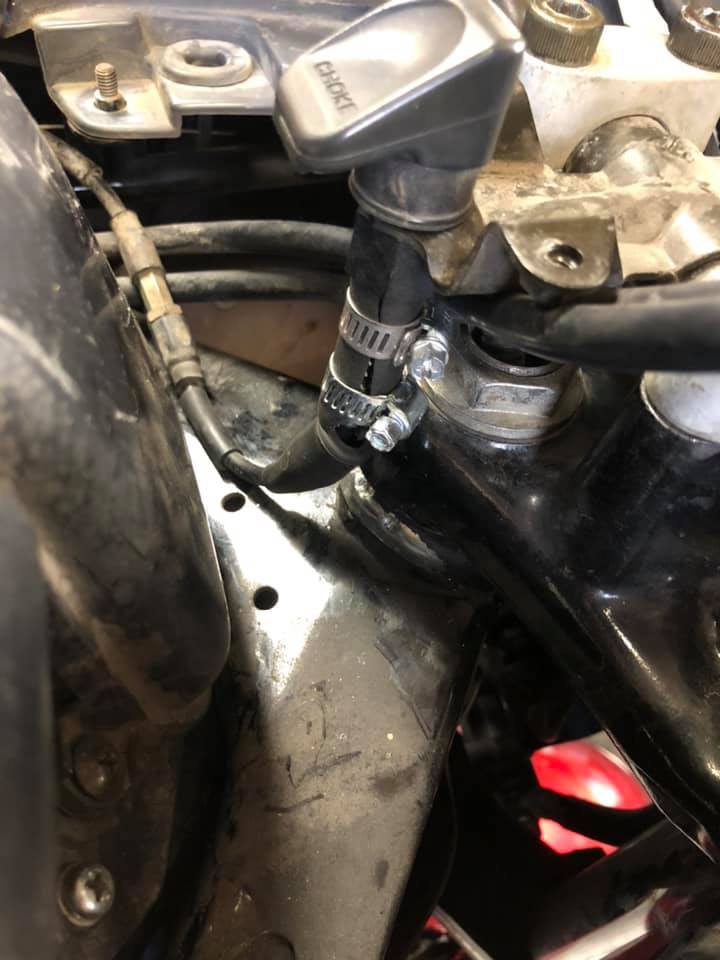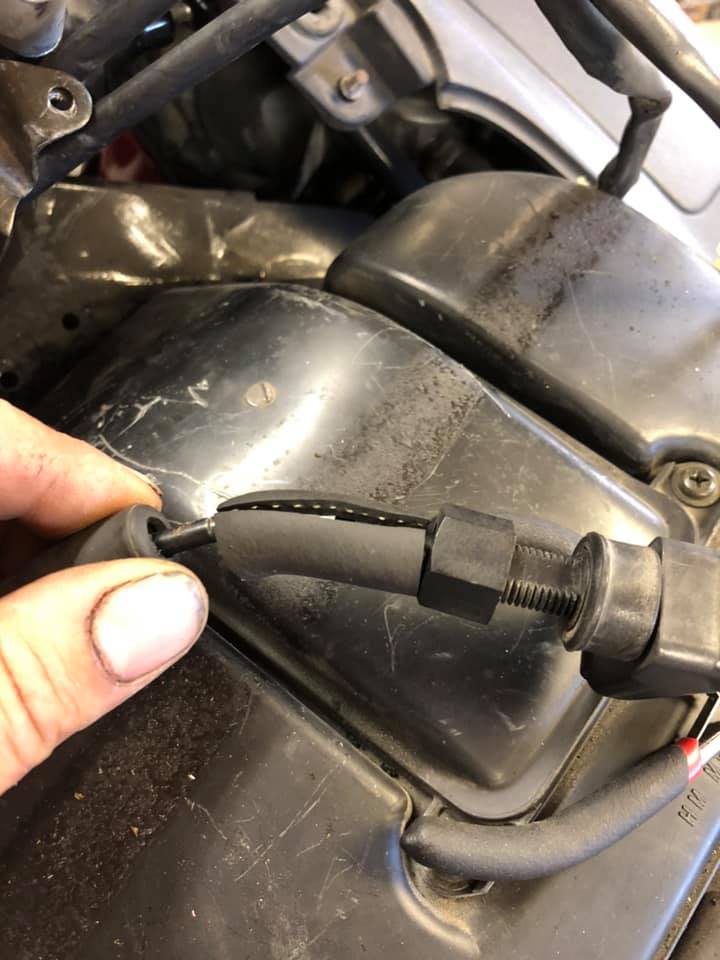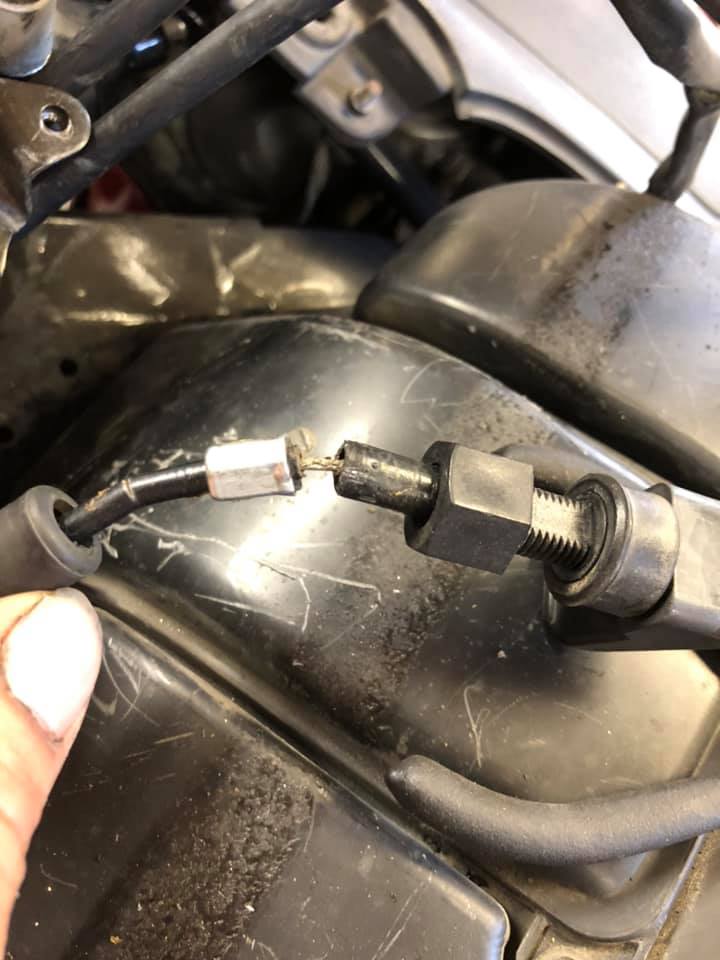A very interesting exhaust system manufactured by Laser showed up recently on a Netherlands-based website as they parted out a PC800. A PCer in The Netherlands bought the parts and has installed them on his PC. I’ve collected what information I can about this exhaust. If you know anything else about it, please get in touch with me.
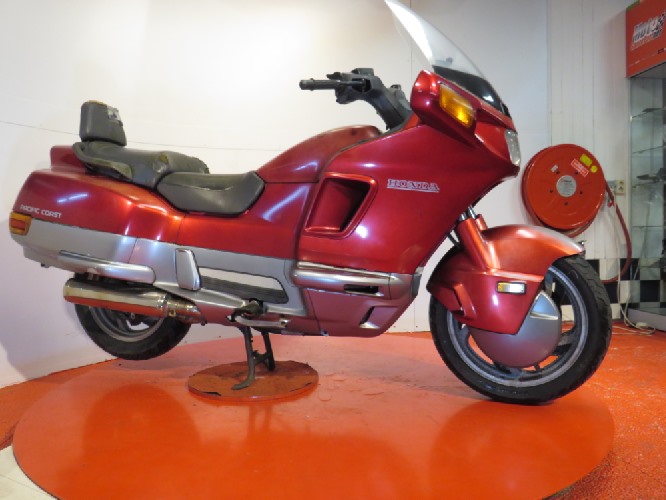
Based on the photos from the parts dealer, this exhaust fits into the same location as the stock PC800 exhaust. The muffler is in the stock location (no second muffler on the opposite side).


Here is the part number on the stainless steel exhaust. It seems to say:
LASER
BSAU 193 T2
e4 89/235-890
31.1073.9
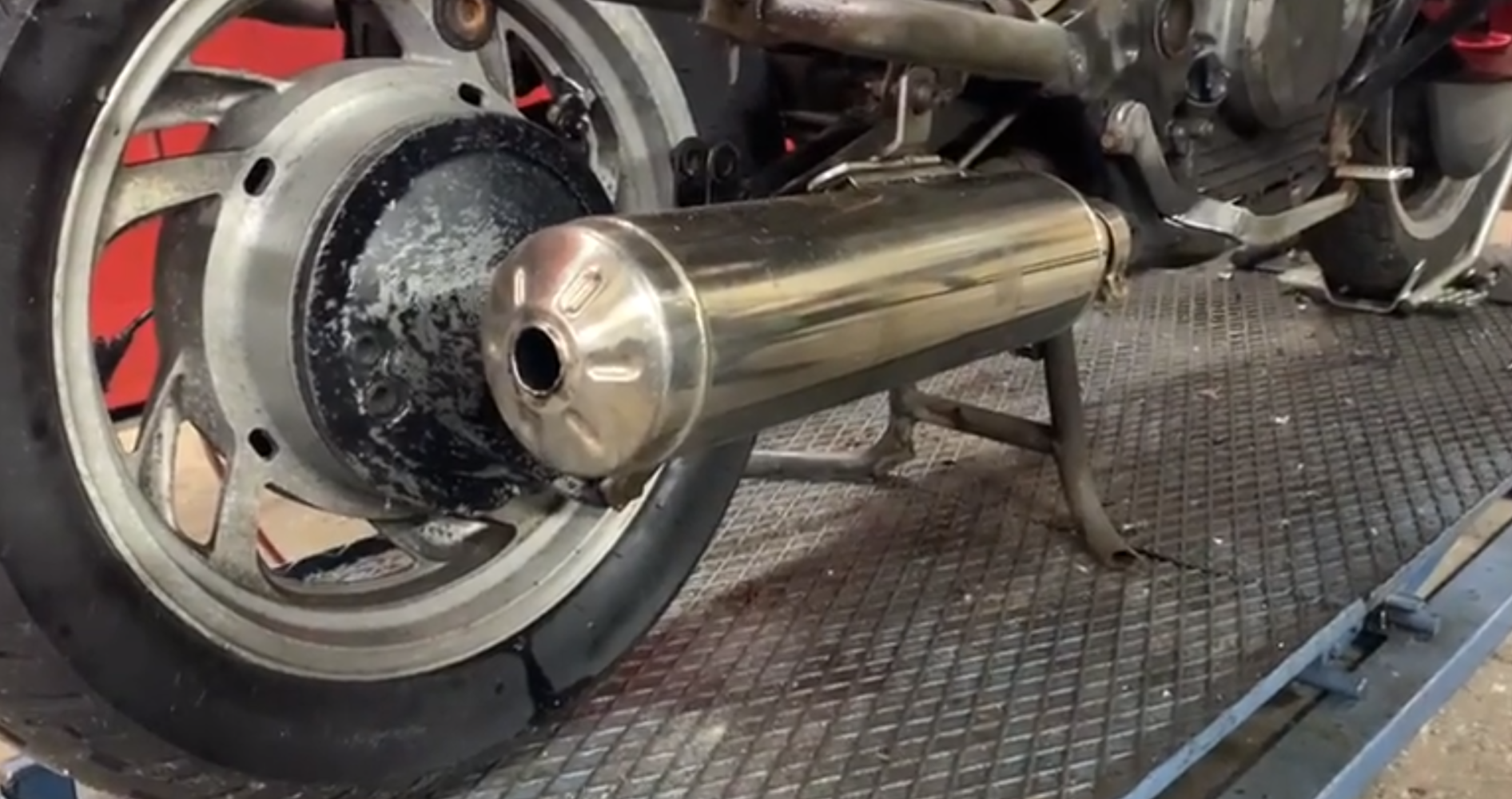
Here is a still from a short video of the exhaust system in place on the bike. You can see it bolts to the stock location. Video is below. You can hear a short clip of it revving.
The most interesting thing to me is this exhaust collector/resonator. It looks like a piece of art.
The muffler has the appropriate mounting tab to mount to the stock exhaust location on the PC.
This is a collection of photos of the two exhaust headers that sold with the rest of the exhaust parts from the PC that the parts dealer parted out. I’m not sure if these are special or different from what comes stock on a PC or if they’re the factory exhaust headers. My guess is they’re probably stock and not special.
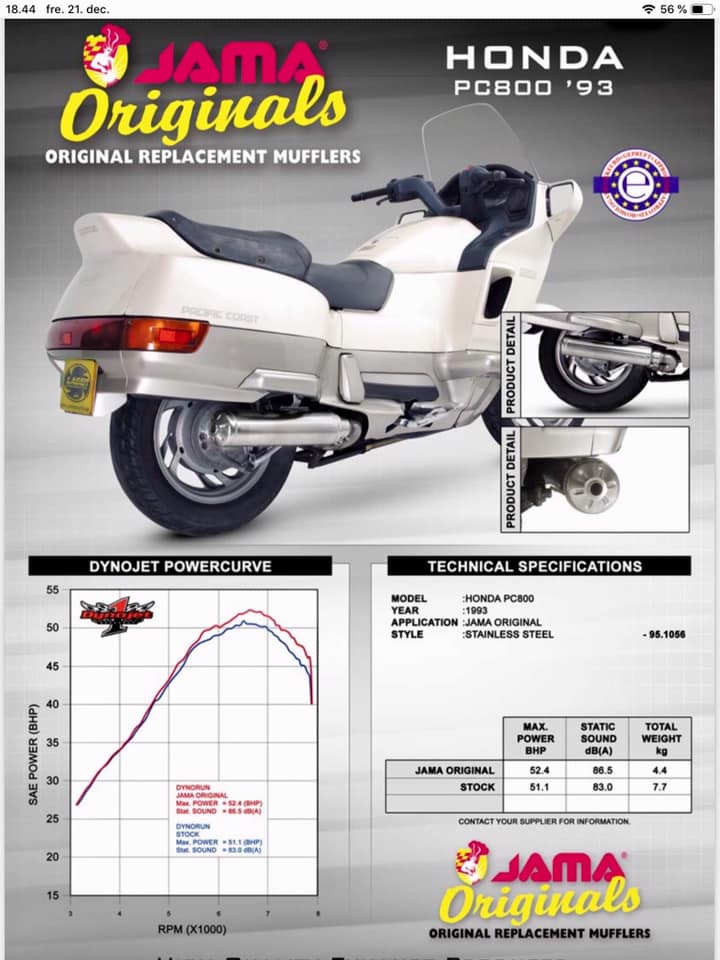
Here is the sales literature for the exhaust. It’s from Jama Originals. Over the stock bike, the exhaust does slightly improve performance on the dyno according to this graphic.
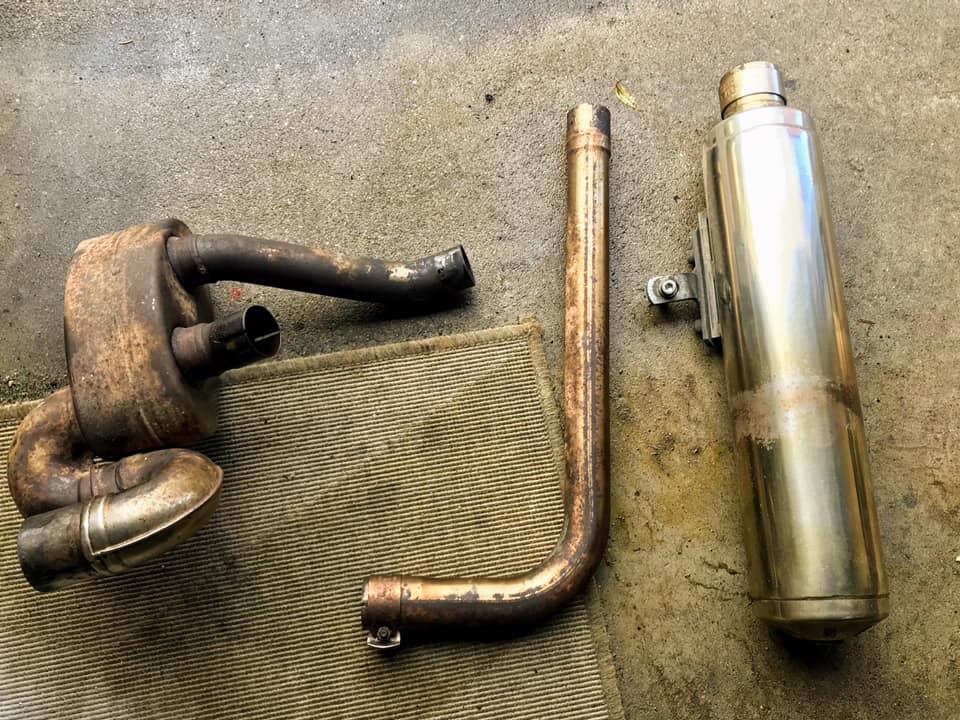
Here is a photo of most of the parts that came out of the collection of exhaust parts that the bike breaker sold to the PCer in The Netherlands.
The OEM part numbers involved are as follows. I am not sure of the part numbers from the aftermarket company other than what’s written above.
18231MR5000 – for muffler
18320MR5003 – exhaust pipe
18392MK4000 – exhaust pipe
18320MR5003 – exhaust pipe part 2
18300MR5870 – exhaust silencer
UPDATE!
A Laser exhaust recently (July 2021) was posted for sale on a Dutch website. I grabbed a few photos of it and have added them below.






















SECOND UPDATE!
PCer Dolf V bought the Lazer exhaust and attempted fitting it to his bike. He found it more onerous to fit than he felt it should be so he found a stock PC800 exhaust and put it on his bike instead. Dolf V sent the below photos to me to include with the above information on this Lazer exhaust. Some of the photos are duplicates of photos above and some are new.








































